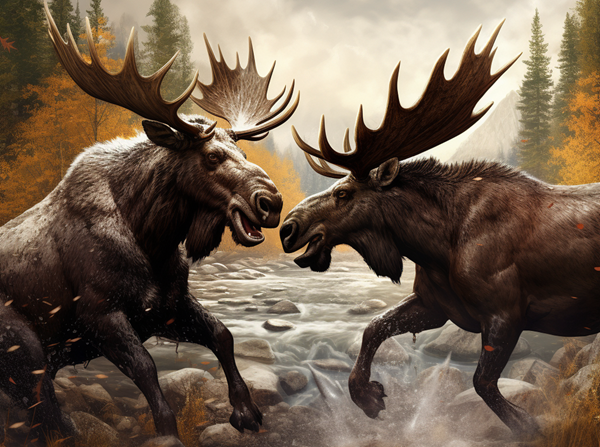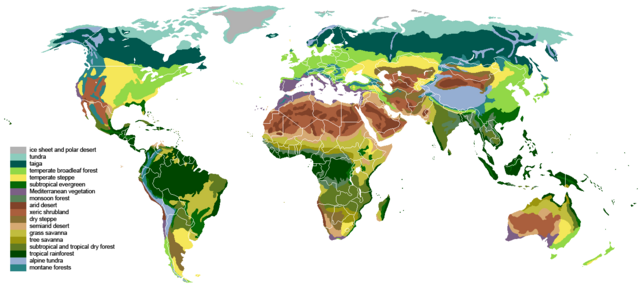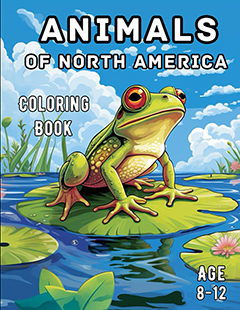Exploring Earth's Diverse Biomes
Major Biomes
-
Tundra: Found in the Arctic and Alpine regions, tundra biomes are cold and have a short growing season. They're characterized by permafrost, low-growing vegetation like mosses, lichens, and small shrubs, and animals adapted to the harsh conditions, such as reindeer and polar bears.
-
Taiga (Boreal Forest): This biome is dominated by coniferous forests and spans northern regions with cold winters and short summers. Trees like spruce, fir, and pine are common, along with animals like moose, wolves, and bears.

-
Temperate Deciduous Forest: These forests have four distinct seasons—spring, summer, autumn, and winter. Trees such as oak, maple, and beech shed their leaves in the fall. Animals like deer, squirrels, and birds are prevalent in these areas.
-
Grassland/Savanna: Grasslands are vast areas with few trees and are characterized by grasses and other herbaceous plants. Savannas are tropical grasslands with scattered trees. Animals like zebras, gazelles, bison, and lions are typical inhabitants.
-
Desert: Deserts are dry and arid regions with little rainfall. They can be hot or cold and are characterized by sparse vegetation, adapted plants like cacti, and animals like camels, snakes, and various rodents.
-
Tropical Rainforest: Found near the equator, these biomes are characterized by high rainfall and year-round warmth. They're incredibly biodiverse, housing a vast array of plant and animal species like monkeys, sloths, toucans, and a multitude of unique plants.
-
Chaparral: This biome features shrubby vegetation and is found in Mediterranean climates with mild, wet winters and hot, dry summers. It includes plants like scrub oaks and animals like coyotes, deer, and various birds.
-
Freshwater Biomes: These include rivers, lakes, ponds, and wetlands. They support diverse aquatic life including fish, amphibians, plants like lilies, and various invertebrates.
-
Marine Biomes: Covering about 70% of the Earth's surface, marine biomes include oceans and coral reefs. They host an incredible diversity of life, from microscopic plankton to large whales, sharks, and colorful coral reef ecosystems.

